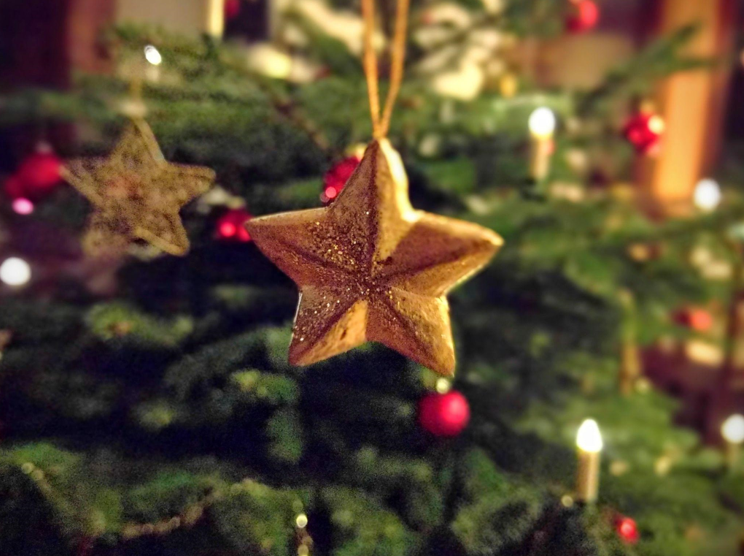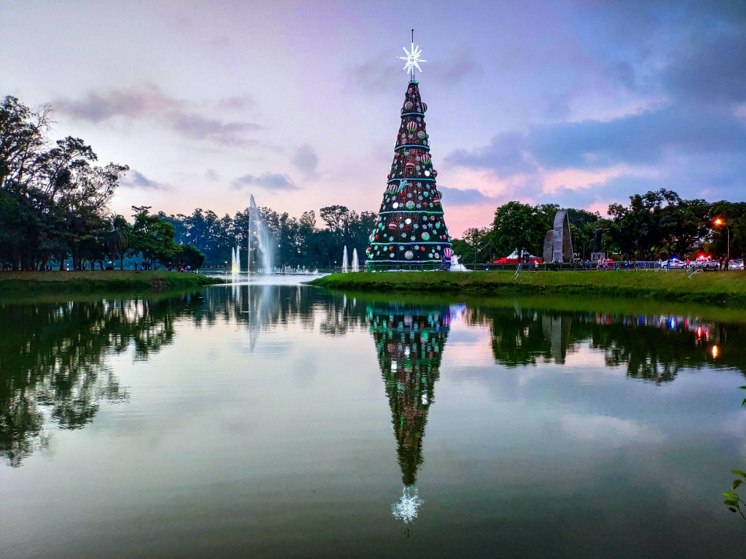Getting into the Christmas Spirit with Snowy Winter Day Decorations.
As we approach the most beautiful time of the year, it’s time to start thinking about how we’ll be celebrating Christmas Eve. One of the most significant holiday traditions is decorating the Christmas tree with festive symbols, beautiful beads, and other ornaments that complement the theme. However, it can be challenging to determine the correct size and style of the tree for your space and ensure it’s appropriately decorated.
If you have an 8-foot ceiling, the best size for a Christmas tree would be around 6-7 feet tall. This will be proportional to your space, leaving enough room for a tree topper while allowing ornaments to hang freely without touching the ceiling. A broad base must ensure your tree stands upright and doesn’t topple over. You can also place a tree skirt around the base to protect your floor and hide the stand.
Once you’ve selected the right size for your tree, it’s time to choose the decorations. Snowy winter day decorations and ornaments create a cozy and joyful atmosphere. You can hang fake snowflakes, metallic snowflakes, or glitter ornaments from your tree. Add pine cones, red berries, or other natural elements to create a fresh and Christmassy feel.
Adding Finishing Touches with Beautiful Beads and Festive Symbols.
One of the best things about decorating your Christmas tree is adding the finishing touches that make it unique and personal. Beads and symbols can add that personal touch to your tree. Whether you choose pearls, glass beads, or wooden beads, you can create a stunning strand of beads that will tie the whole tree together.
Symbols are also a great addition to your tree, whether you place them on the tree or hang them from the branches. These could be angels, stars, snowmen, or other Christmas-themed items that will bring joy and inspiration to your family and guests.
Christmas Eve is a magical time of year, and it’s a particular time to gather with loved ones and celebrate the holiday season. You can create a festive atmosphere that your family and guests will love by choosing the right size tree and adding beautiful decorations, ornaments, beads, and symbols. Whether you go for a classic look or a more contemporary feel, remember to add your personal touch to your decorations to make them unique and memorable. Celebrate Christmas Eve in style and create memories that will last a lifetime.










